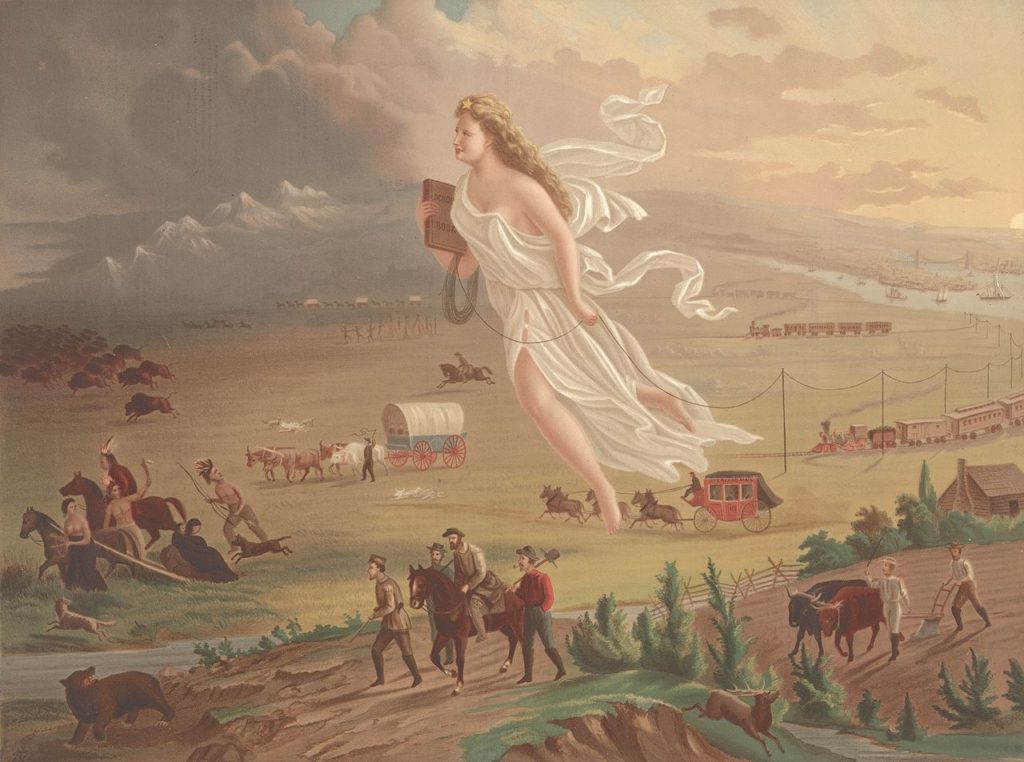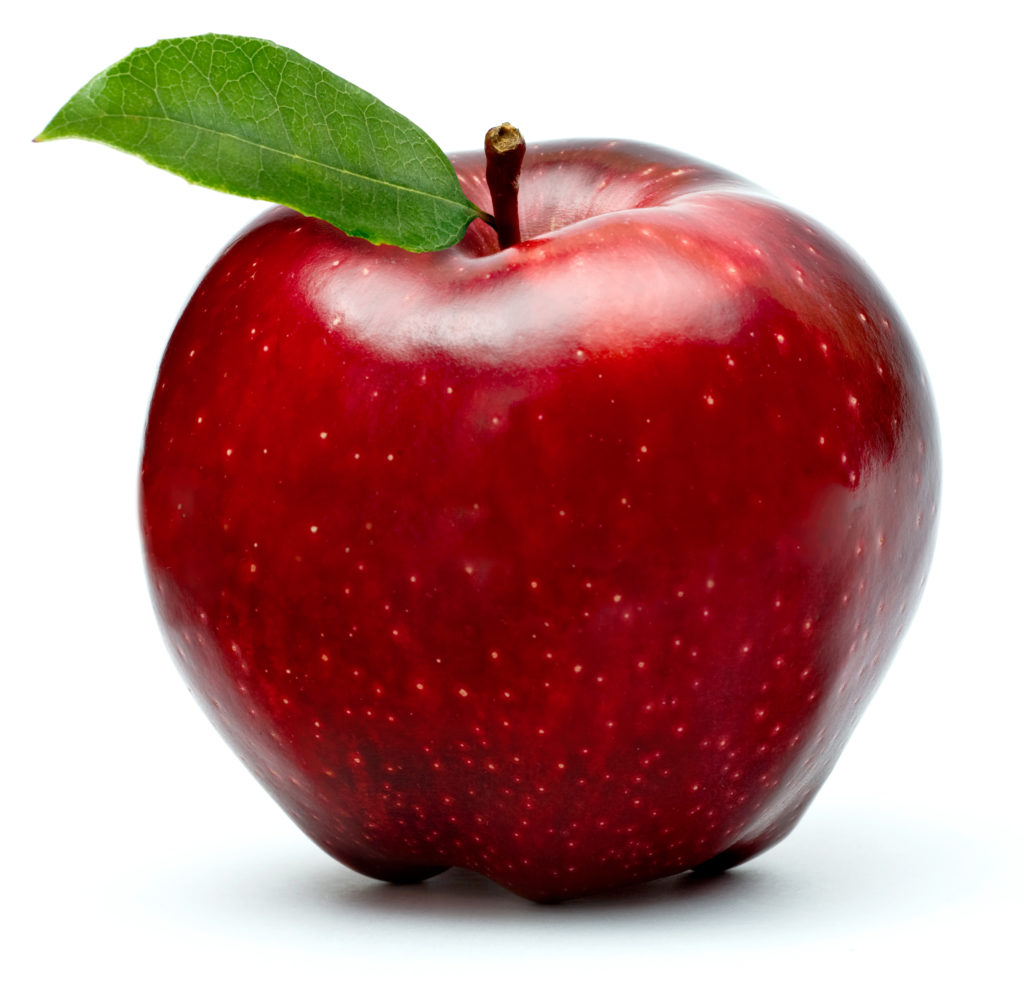Kim Holz, one of the 2019 California Teachers of the Year, talks about what drives her as an educator and how she connects with students and colleagues. Holz is a multiple-subject fourth-grade teacher at Opal Robinson Elementary School in Manhattan Beach and a Manhattan Beach Unified Teachers Association member.
Why do you teach?
I teach because I love it. I continue to love it after 39 years in the profession. Every year is new. You have new groups of students, fresh ideas, and the challenge of making the coming year the best ever for the students. The moment when the lightbulb of understanding goes on, or when a student asks a question that is so thoughtful or deep or funny or touching — that is why I teach, and I tell my students, “My teacher heart is singing.” My goal is to have real connections with my kids by listening and talking to them, respecting them.
What are the challenges?
It is a difficult job. The demands are shifting. Things you’re responsible for have grown exponentially — curriculum shifts, changes in expectations, technology demands, social-emotional issues, changes in pedagogy, to name a handful. An elementary teacher wears many hats in a day!
Advice for new teachers?
Success and survival in education today are determined by the community of support around you. Rely on your colleagues. Work as a team — with teachers at your school and in your district at your grade level. Plan with other teachers, share workloads. Sometimes you’ll feel you’re barely keeping your head above water, so the division of labor and sharing of information is vital to your success. Give yourself the OK that you don’t have to do everything and do it perfectly, but you do need to make sure that when you walk in the door each morning, students are greeted by someone who cares about them, respects them, and wants to help them achieve their personal best.
On a broader level, schools need to build in designated planning time so teachers can work together at their school and at the district level to share ideas and strategies that work. We need to support our new educators in the field and consider different models of teacher training such as residencies and intensive coaching so teachers are prepared for the demands of the job.
How do you keep it fresh?
Personally, I’m always looking for new ways where I can do a better job, get kids more engaged, give a stronger, smarter, better educational experience. As an experienced teacher who knows what works and what doesn’t, I feel strongly about best practices. People can get caught up with something new and lose sight of things that were working well. It’s important to be open to new ideas and new ways of doing things, but be thoughtful about how to implement them.
Professional development and seeking out new ideas are imperative to staying fresh. When I first learned of the new state History–Social Science Framework, I attended a Los Angeles County Office of Education workshop. I left inspired to add document-based questions (DBQ) with primary source analysis to each of my history/social science units of study. It was exciting to watch my fourth-graders engage in deep and meaningful discussions about California history.

For example, I gave students a DBQ: How did Manifest Destiny impact the lives of both the pioneers moving out West and the Native Americans? They analyzed American Progress, a well-known painting by John Gast. The students used primary source materials related to the differing perspectives of Native Americans and the American pioneers on westward expansion to reflect, discuss, and then compose “We Are” poems. Most students chose to present from the perspective of the Native Americans. They learned there is a price to expansion.
What are you passionate about?
I’m crazy passionate about history/social science instruction — its focus on civics and ideas, and the importance of learning from the past. It helps kids formulate ways to promote respect for all people. Kids need to hear through discussion the historical threads of lack of respect, discrimination and social injustice. Then kids can decide how to live their lives and not repeat the same mistakes of the past.
Back to School 2019: Related content
The links below offer a mix of tips and trends that may guide your journey this year.

What’s new in EdTech
Best EdTech practices
The classroom management plan you need
Genius classroom hacks
Tips for Back-to-School Night
Organize your space
A cool classroom makeover
Sage advice from California Teachers of the Year Rosie Reid, Kim Holz, and Angel Mejico
5 things students need to hear you say
Self-care: 7 healthy habits
The Discussion 0 comments Post a Comment